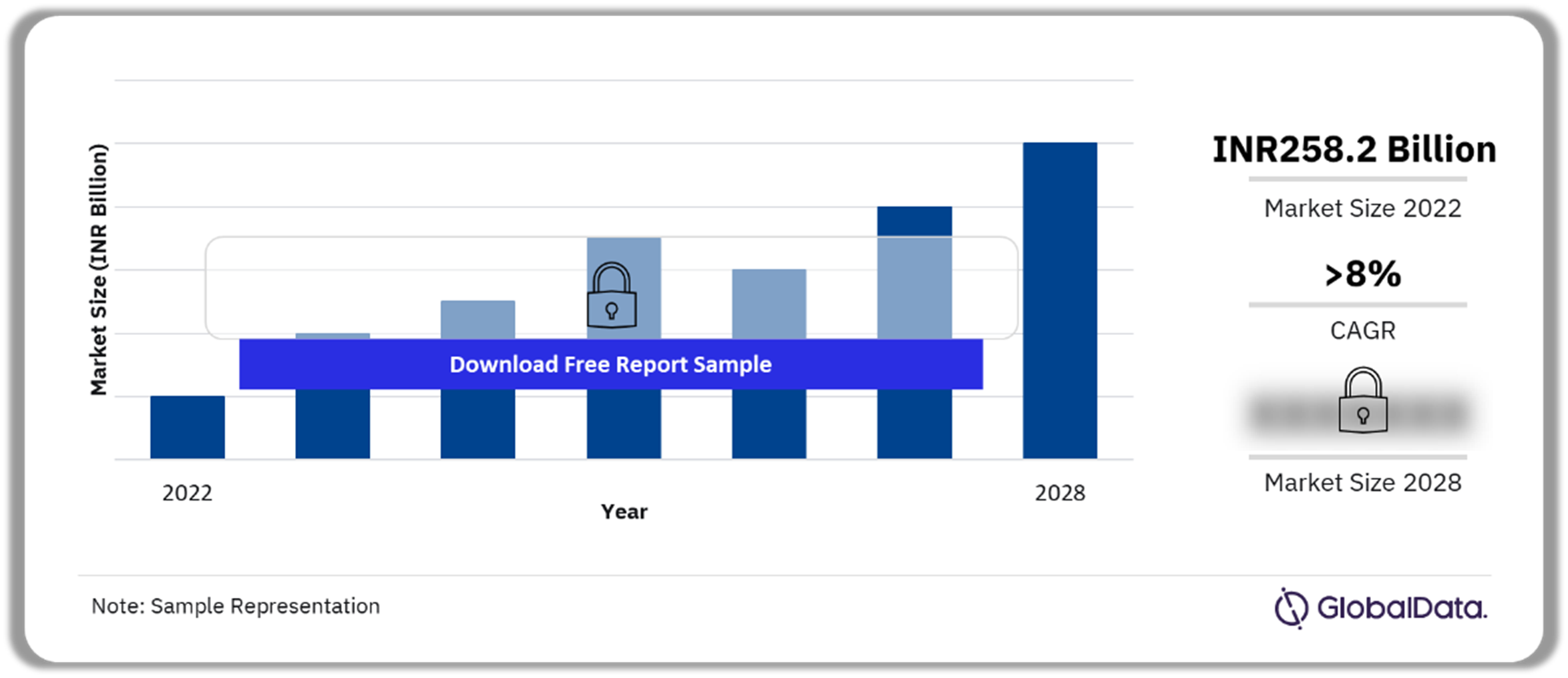The India baby food market encompasses a wide range of products designed to cater to the nutritional needs of infants and toddlers. These products include baby cereals, baby snacks, formula milk, fruit purees, baby soups, and ready-to-eat meals. The market is driven by a variety of factors including rapid urbanization, increasing disposable incomes, and heightened awareness of the importance of proper nutrition in early childhood development.

Buy the Full Report for India’s Baby Food Market Revenue, Download a Free Sample
2. Key Market Drivers
Several factors contribute to the rapid growth of the baby food market in India:
2.1 Urbanization and Changing Lifestyles
The shift towards urban living is one of the major contributors to the growth of the baby food market. In urban areas, both parents are often working, which increases the demand for convenient and nutritious baby food. Ready-to-feed meals, baby cereals, and packaged formula milk are becoming increasingly popular as they save time and effort for parents while providing balanced nutrition.
2.2 Rising Disposable Income
The rising disposable income of middle-class families has made baby food products more affordable to a wider segment of the population. Higher incomes mean that parents are more willing to spend on premium baby food products that provide better nutritional value, convenience, and safety.
2.3 Increased Awareness of Nutrition
With an increasing number of educational campaigns on health and nutrition, Indian parents are becoming more aware of the importance of proper nourishment during their child’s early years. This awareness has led to a demand for high-quality, nutrient-rich baby food products that cater to the specific dietary requirements of infants and toddlers.
2.4 Growth in Working Mothers
The increasing participation of women in the workforce has resulted in a higher demand for baby food products that are easy to prepare and offer balanced nutrition. In addition to convenience, these products also help in ensuring that the nutritional needs of babies are met, even when both parents are busy.
3. Market Segmentation
The baby food market in India can be segmented based on product type, distribution channels, and geographical regions.
3.1 By Product Type
-
Baby Cereals: This segment is one of the most prominent categories in the Indian baby food market. Baby cereals, which include rice and wheat-based cereals, are a staple product for infants transitioning from breast milk to solid food. These products are rich in vitamins and minerals essential for infant growth.
-
Baby Snacks: Baby snacks include a wide range of products such as biscuits, cookies, and puffed foods that are specifically designed for babies and toddlers. These snacks are fortified with essential nutrients and come in various flavors to entice young children.
-
Infant Formula: The infant formula segment is a major contributor to the market. Formula milk, which is used as a substitute for breast milk, comes in various types, including powdered and ready-to-feed formats. Brands offering premium products with added nutrients like DHA, probiotics, and prebiotics are gaining traction.
-
Fruit and Vegetable Purees: Ready-to-eat fruit and vegetable purees are gaining popularity due to their convenience and nutritional benefits. These purees are easy to feed and contain essential vitamins and minerals that are important for a baby’s development.
-
Other Baby Foods: This category includes baby soups, porridge, and other pre-packaged foods that are designed for babies in different stages of development.
3.2 By Distribution Channel
-
Supermarkets/Hypermarkets: These are the primary channels for the distribution of baby food products in India. Consumers prefer buying baby food from these large retail outlets due to the variety of choices and the convenience of shopping in one location.
-
Online Retailers: The rise of e-commerce in India has contributed significantly to the growth of the baby food market. Online platforms like Amazon, BigBasket, and Flipkart offer a wide range of baby food products and allow parents to shop from the comfort of their homes.
-
Pharmacies: Pharmacies and drug stores also serve as important points of sale for baby food products, especially for formula milk and baby cereals.
-
Convenience Stores: Smaller, neighborhood stores are increasingly stocking baby food products, making it more accessible to consumers in urban and semi-urban areas.
3.3 By Region
The baby food market in India is seeing rapid growth in both urban and rural areas. While urban regions continue to lead in terms of sales, rural areas are catching up as rural households experience rising disposable incomes and increased access to supermarkets and online retail.
4. Key Market Trends
4.1 Demand for Organic Baby Food
As parents become more health-conscious, the demand for organic baby food products has increased. Organic baby food products are perceived as safer and more nutritious, free from harmful pesticides and chemicals. Leading brands are responding by offering organic versions of baby cereals, snacks, and purees.
4.2 Shift Towards Plant-Based Baby Food
With the increasing awareness about plant-based diets, there has been a notable shift towards plant-based baby food products. These products cater to vegan and environmentally conscious parents who are looking for alternatives to dairy-based products. Plant-based baby food options such as soy-based formula and vegetable purees are gaining popularity.
4.3 Rise in Premium Baby Food Products
Parents are increasingly willing to invest in premium baby food products that offer superior quality and nutritional benefits. These premium products often contain added nutrients like DHA, iron, calcium, and omega-3 fatty acids, and are marketed as being free from artificial additives, preservatives, and colors.
4.4 Convenient Packaging and Ready-to-Feed Options
Convenience is a major factor driving the growth of the baby food market. Ready-to-feed baby food, which requires minimal preparation, is gaining popularity among parents with busy schedules. The demand for single-serve packaging and on-the-go baby food options is also on the rise.
Comments on “India Baby Food Market: Growth, Trends, and Key Insights”